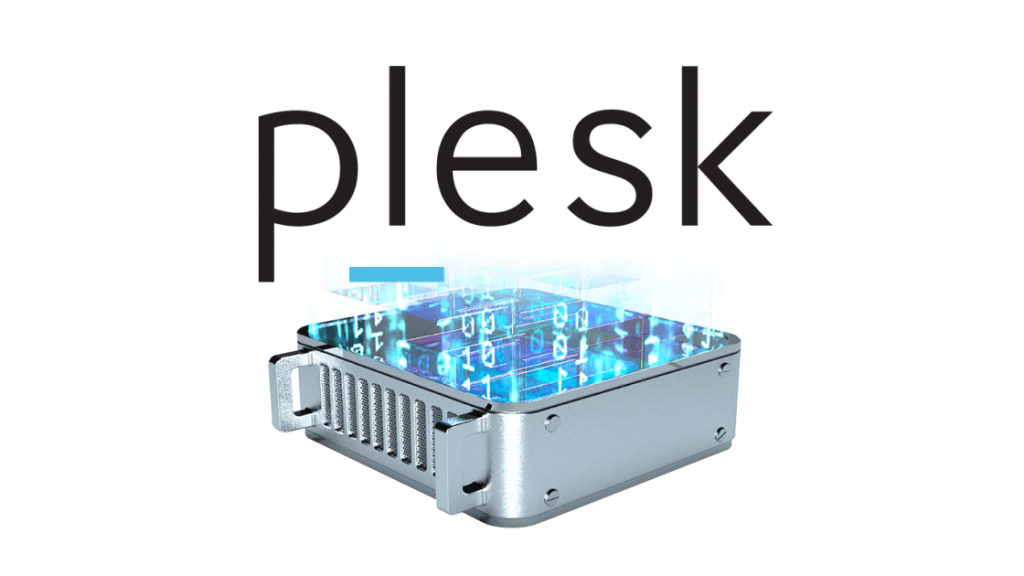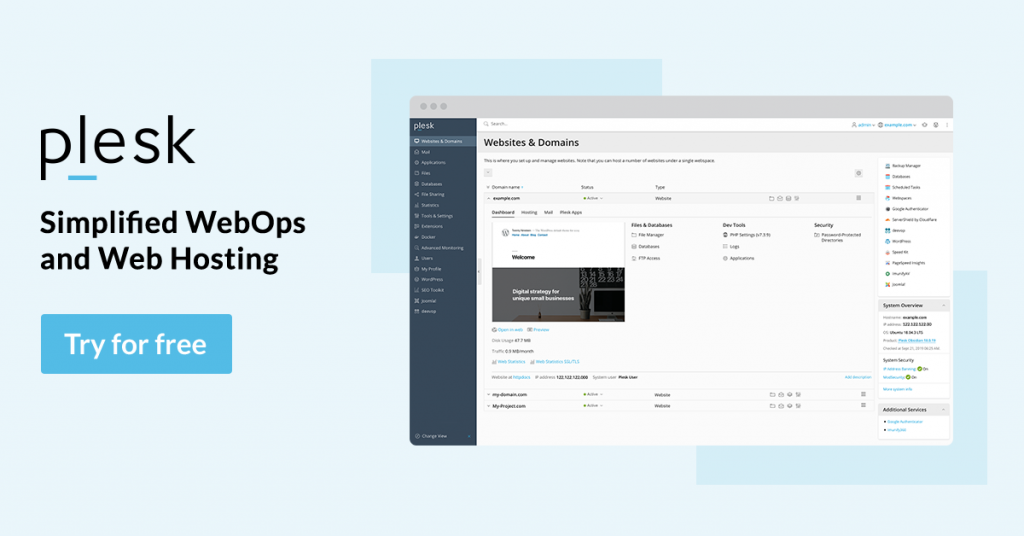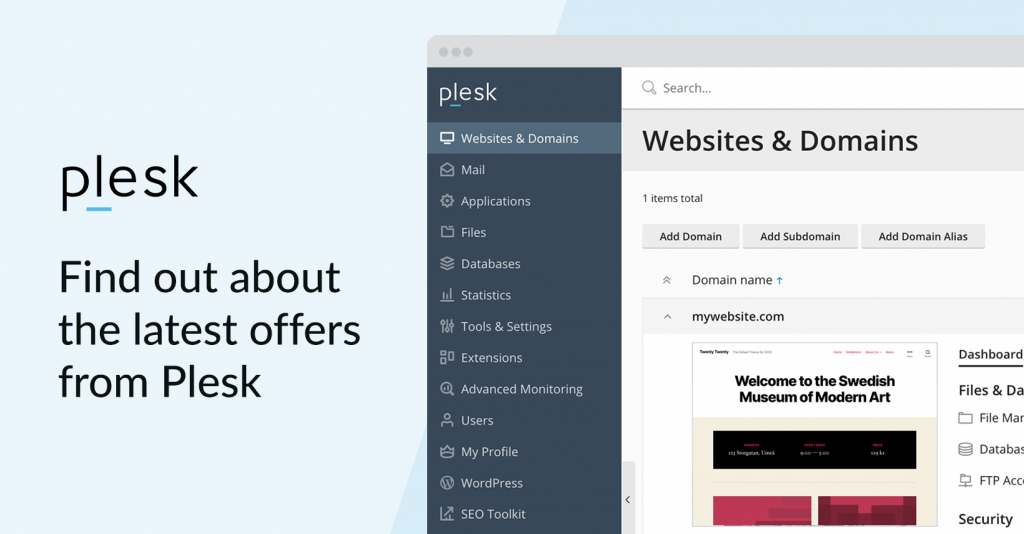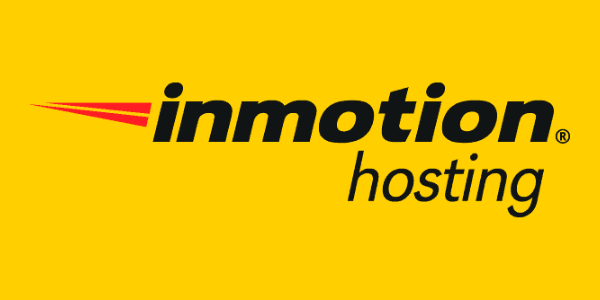What is Plesk?
For Linux and Windows-based retail facilitating expert firms, Plesk is a business web hosting and worker server farm computerization program with a control panel. The client-the-board model offered by Plesk is suitable for dedicated and shared hosting, enabling worker managers to create new websites, affiliate accounts, email accounts, and DNS changes via a web interface. The computerization and organization of domain names, email addresses, web applications, programming languages, data sets, and foundational tasks are important components and arrangements that provide a ready-to-code environment and strong security across all levels and operating systems

What Is Plesk Utilized For?
Plesk automates many tasks and runs cycles on lone or numerous workers. A web hosting platform called Plesk has a control panel that enables the administrator to set up websites, affiliate accounts, email records, DNS, and databases using a web browser.

Plesk Features
Cooperation Tools
Planning
Occasion Logs
Computer processor Monitoring
Data set Servers
Email Monitoring
History Tracking
Client Activity Monitoring
Virtual Machine Monitoring
Encryption
Access Controls/Permissions
Without code Development
Sending Management
Portable Development
Programming Development
Source Control
Web App Development
Reinforcement Scheduling
Pressure
Calamity Recovery
Qualification Management
Fix Management
Constant Backup
Gradual Backup
Easy To Use, Powerful, And Configurable
I work with various websites running Drupal and other CMSs in addition to WordPress. Plesk gave me a variety of options to customize and optimize each site’s hosting, including PHP iterations, SSL, backups, and more. I also can work with bulk and sync options. Of course, I can update all the goods with my material using the CLI or online interface.
Plesk Pros
Each site has different PHP controllers and nginx options. – Optional full reinforcement: linking with external localities and incremental – The security options Fail2ban and others. For further provisions, see the Extensions Catalog. – Major Plesk and OS framework package updates. – WordPress Tool Kit, which makes using this well-known CMS simple and full of options. – Online control panel with built-in Shell CLI options and natural dashboards – Control basic SSL authentications for each site using Let’s Encrypt and other services. – “Client Voice” is active (plesk.uservoice.com)
Plesk Cons
No, it is not Open Source. Better options for design reserve frameworks are required. – There should be more options for limiting RAM, CPU, and other resources per site, membership, and customer. – There should be straightforward replacements for the standard PHP implementation used by frameworks and Plesk. – Better assistance in Spanish and other dialects is required. – The inventory of expansions isn’t very large. – It needs more options for each site’s progression stage to be straightforward. – More flexible permit designs are required.

What’s New In Plesk Obsidian
More exceptional, more dependable, and incredible
DNS Helper
iOS 14 and Android 11 help Plesk Mobile
New Look and Feel
SSL It!
Fix Kit
Progressed Monitoring
Safer, More powerful, More helpful, and Faster out of the case
PHP Composer (Dependency Manager for PHP) support, v2.0
Record Manager UX Improvements
Move areas between memberships
Limitation of worker-side tasks for Plesk Admins
Notices
Mail enhancements
Plesk Backup Optimizations
Resolvable impermanent hostnames provided by Plesk
Plesk Server Security Hardening – Generic Steps
After its establishment, the most recent version of Plesk increased the level of security. Recently, Plesk released Advisor, a tool that combines the best security procedures and execution adjustments for employees and supported sites. In addition, it’s a good idea to make sure of the following standard advancements:
Protect ordinary Plesk refreshes
Change secret key solidarity to Strong
Utilize a two-stage check by introducing Google Authenticator
Use SSL/TLS to get mail worker
Set sFTP association
Cutoff managerial admittance to the framework
Cutoff remote access through XML API
Effectively use Web Application Firewall
Effectively use WordPress Toolkit Security Check
Set programmed refreshes for WordPress occasions
Guarantee obsolete web applications are not utilized or updated on normal premises. The inability to go along this standard might result in unforeseen security weaknesses
Use VirusTotal Website Check to take a look at existing sites
Outcome
Due to the user-friendly interface and the vast array of Plesk extensions, end users of any level of engagement can efficiently manage their VPS or Dedicated worker using Plesk. Plesk will save time and money because it makes managing a worker’s daily tasks straightforward. Plesk’s computerization will speed up the management of websites, emails, and databases. Every augmentation is introduced with a single click. This implies that all website augmentation introductions are computerized, which enhances each introduction and makes any end client feel confident when creating and configuring their website. The best thing is that Plesk designed its UI to only add what you need, so you don’t have to pay for augmentations you don’t need.




